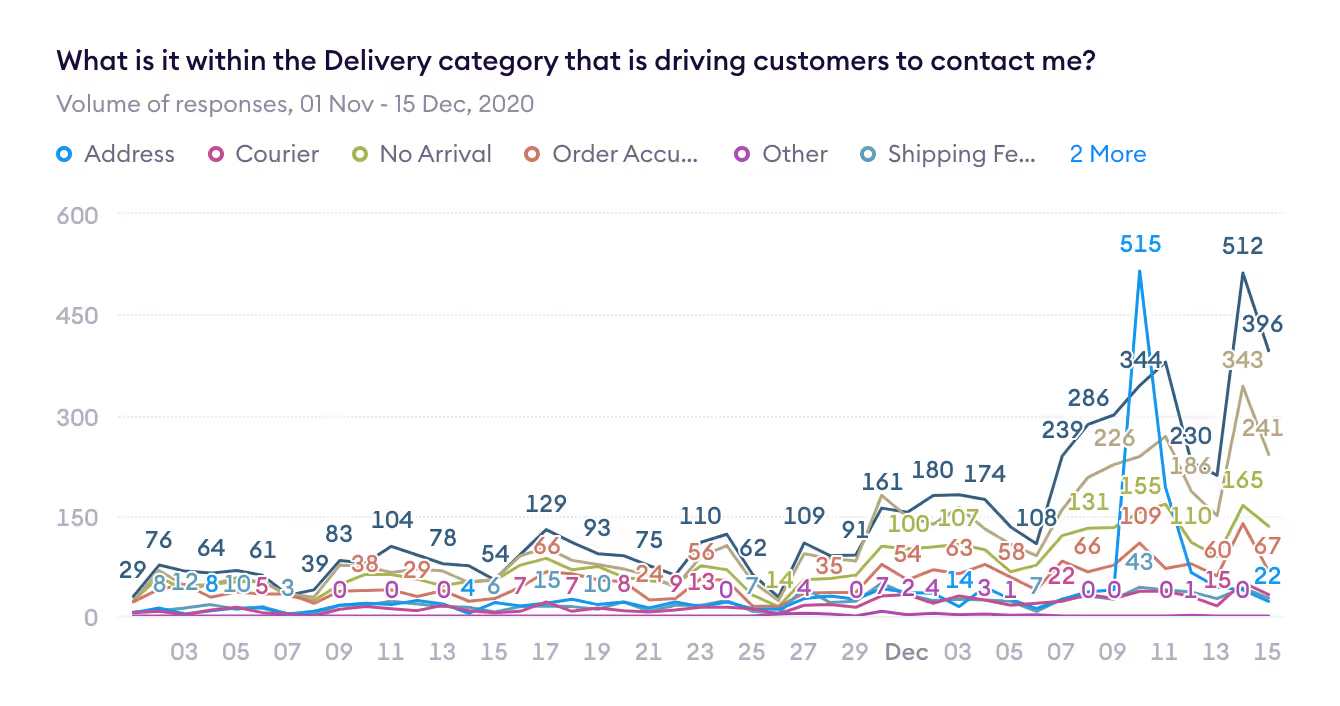Customer Support Has Never Been More Important.
Expectations of customer support today are higher than ever before, and disruptive businesses that are built customer-centric from the get-go are setting the bar far higher than it once was.
Leaders know customer support is important. Data from our recent Customer Support Trends 2022 Report, which surveyed 339 global customer-focused leaders from across key business departments including customer support, and the adjacent departments of customer experience, marketing, sales, product, and operations, confirms this.
99.1% of leaders think that customers have higher expectations when it comes to service and experience compared to previous years.
Meanwhile, 98.2% of the leaders we surveyed believe that good customer support is a key driver of customer advocacy and loyalty, with 52.1% believing that investing in customer support leads to improved up-selling and cross-selling, 43% stating investment in customer support results in higher profits, and 32.5% believing it improves customer retention.
As we can see, improving your customer support has a very tangible business impact that can be a sustainable competitive advantage.
Download The Customer Support Trends 2022 Report
Customer Support Is Critical To Both CX And Business Success
Despite this, few businesses fully analyse their customer support data to actively improve their customer experience. Analysing support data at scale is one of the critical gaps in pretty much any industry you can think of.
There’s a good reason for this: analysing customer support data can be complex due to high volumes of data and pressure to resolve customer problems without the time to step back – especially as much of customer support data is unstructured and made up of free text.
But given customer support’s impact on customer experience – a customer is four times more likely to switch to a competitor if the problem they’re having is support-based according to Bain and Company – it’s critical that all businesses analyse their customer support data if they want to level-up their CX.
Given its inherent complexity, what’s the solution? The answer, in my mind, is artificial intelligence. More specifically, AI-powered customer support analytics.
Read Next: Redefining Customer Support For A New Era
How AI Can Help You Analyse Your Customer Support Data
We know that customer support data is important. But we also know it’s complex. If we’re going to fully understand millions of pieces of unstructured customer support data per month, clearly, doing it manually isn’t an option. It would take hundreds of data analysts to achieve this.
Even if you did have that many data analysts on hand to analyse your customer support data, or simply ask your customer support agents to do it, human error and biases can mean there’d be little-to-no consistency. And this leads to bad insights, which can then lead to a misaligned customer experience that doesn’t reflect the customer reality. Ultimately, the cost is your business revenue.

At the same time, much of the technology CX leaders use today for customer support isn’t fit for purpose. That’s not just my opinion, 88% of the leaders we surveyed in our Customer Support Trends 2022 Report said their current tech holds them back from achieving their customer support goals.
The solution in my (slightly biased) mind is to use an AI-powered customer support analytics tool like Chattermilll.

Why? Because artificial intelligence is able to consistently analyse and uncover contact reasons and sentiment behind millions of customer support data points at scale – even when that data is unstructured. It also does it in an unbiased way that removes human error, which leads to better customer support analytics, and actionable insights.
The result?
You can quickly identify the contact reasons consuming your customer support agents' time and fix roadblocks at the source, easily turn your customer support data into actionable insights that inform your CX strategy, and increase revenue by turning unstructured customer support data into quantitative data trends that show the impact CX has on your bottom line.

Discover More About Chattermill’s Support Analytics
The Unifying Power Of Chattermill
88.1% of leaders in our Customer Support Trends 2022 Report said they are slowed down on a daily or weekly basis by siloed tools.
In most businesses I see, there’s also a significant disconnect between customer support and customer experience teams.
Unifying both tools (and the data they provide), and functions, is a critical component if you are to make customer support data your secret weapon to improving CX.
We need Unified Customer Intelligence. This is not just a vision that all CX leaders should aim for, it’s the underlying vision that underpins Chattermill.
So how does it work?
Chattermill unifies and analyses unstructured data from your customer support and customer experience tech stack. It then analyses data from every customer interaction and unifies the data to provide meaningful intelligence for you and your customer-facing teams in a single, accessible view.
The impact of this is huge. As Voice of the Customer Expert at Qonto, Mathieu Le Roux states in the Customer Support Trends 2022 Report:
“Chattermill is a key partner in helping us listen to our customer feedback and support conversations at scale. Every employee now has access to actionable intelligence with just a few clicks, and our decisions are more customer-obsessed than ever. This allows us to create the solution all businesses love!" – Mathieu Le Roux, Voice of the Customer Expert, Qonto
See Chattermill’s Customer Support Analytics For Yourself
Book A 30-Minute Demo With Our CX Experts















